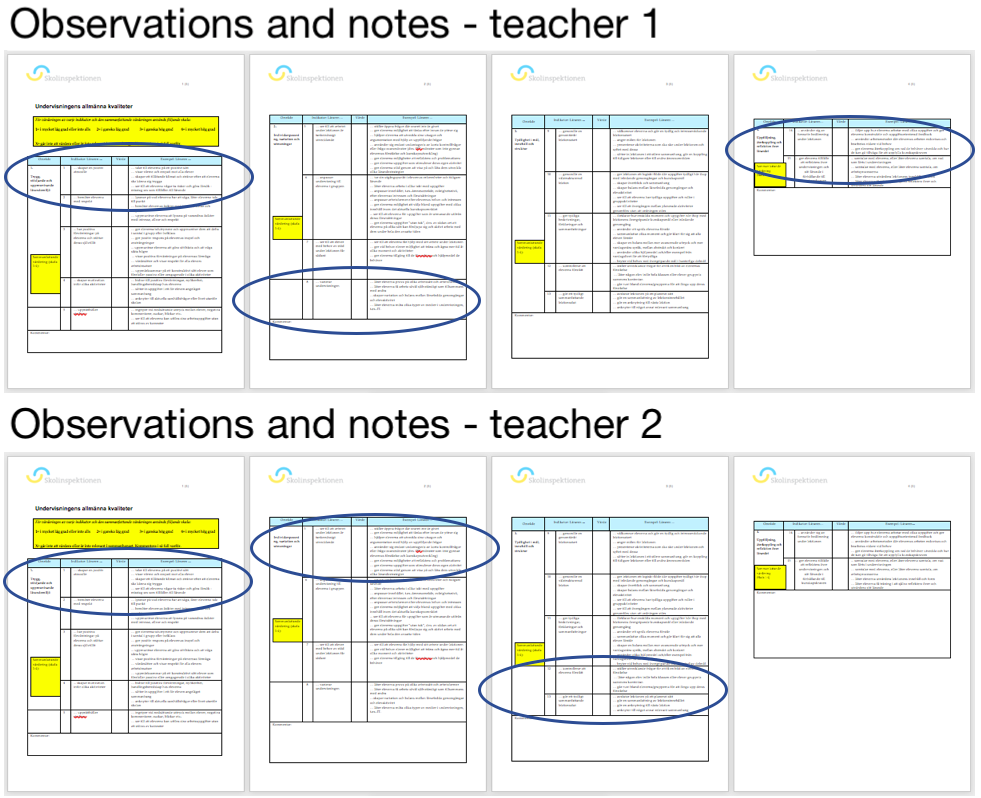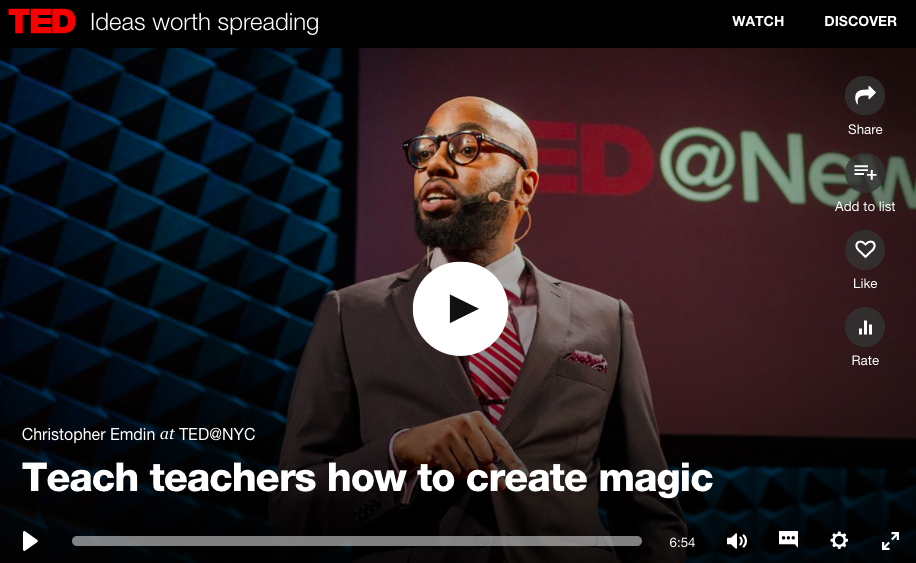BRAVOLesson blog May 3rd
All pupils and students deserve fantastic teaching
and all teachers deserve constructive feedback!
That is the core of school improvement.
A systematic approach to improve teaching. Our ten part series continues – this is part 5.
Few other professionals get so little feedback as Western teachers according to an article in the magazine The Economist. Surveys in Sweden and our market research in other Nordic countries as well as in continental Europe point in the same direction. ***
Part 5 adresses two things, how schools use an observation template and alternative “thinking” that leads to improvements that affect the students’ learning in all classrooms as of the first semester.
The Swedish Schools Inspectorate’s observation template is the most commonly used observation template for lesson observations in Swedish schools. Their template is based on research on what are the dimensions of good teaching – general-didactic qualities.
Many think and work like this
Many people perceive The Swedish Schools Inspectorate’s observation template as very extensive. This means that those who use it often make notes in the observation template around certain parts individually for a teacher, around other parts individually for the next teacher and partly other parts individually for a third teacher. See the illustration below.
Alternative thinking – a more systematic approach
“Now, all teachers at our school / in our municipality will together become really skilled at some of the most important dimensions of good teaching to support the students’ learning. We will focus on one dimension at a time.”
This approach is based on the following conditions and ambitions
- Collaborative learning is the objective, but at the same time, the principal is legally responsible for ensuring that the teaching is of high quality throughout the school.
- If feedback to teachers is a neglected area then let us start with what can make a big difference in a short time.
- To take the first step in a way where we use reasonable amount of time to make sure that it will happen.
To carry this out you can develop a plan and use different observation templates for how to take one dimension at a time during a couple of academic years. All observations during one semester have a specific focus and another focus during the following semester. Along this route you also move more and more towards individual teacher feedback.
Possible steps – one dimension at a time
- The structure of teaching – the beginning and the end of the lesson.
- Teachers’ leadership in the classroom. Without the leadership and strategies for a learning environment “teaching” and learning does not take place.
- Teachers’ skills around asking student questions.
- Teachers’ formative approach in the classroom.
You will find examples for all these four areas in our open library with different templates for lesson observations. Templates that all can be selected and used in BRAVOLesson.
It is, among other things, about how you can write a plan for this thinking that you can read about in our Guide to implement a systematic approach to improve teaching. Download it via the button below.
_______________________________
* The Economist (June 11th – 17th). How to make a good teacher. : 13, 21-24. 2016.
** Skolledaren/Lärarnas Riksförbunds lärarpanel. Den osynlige rektorn. 2017
** Successful Schools Swedens/BRAVOLessons undersökning via Novus. Konstruktiv feedback kring undervisning. 2016
_______________________________
We hope you will follow our series! It will continue until the summer of 2019 with one new part every two weeks.
Greetings from the BRAVOLesson Team
Download our free white paper





























